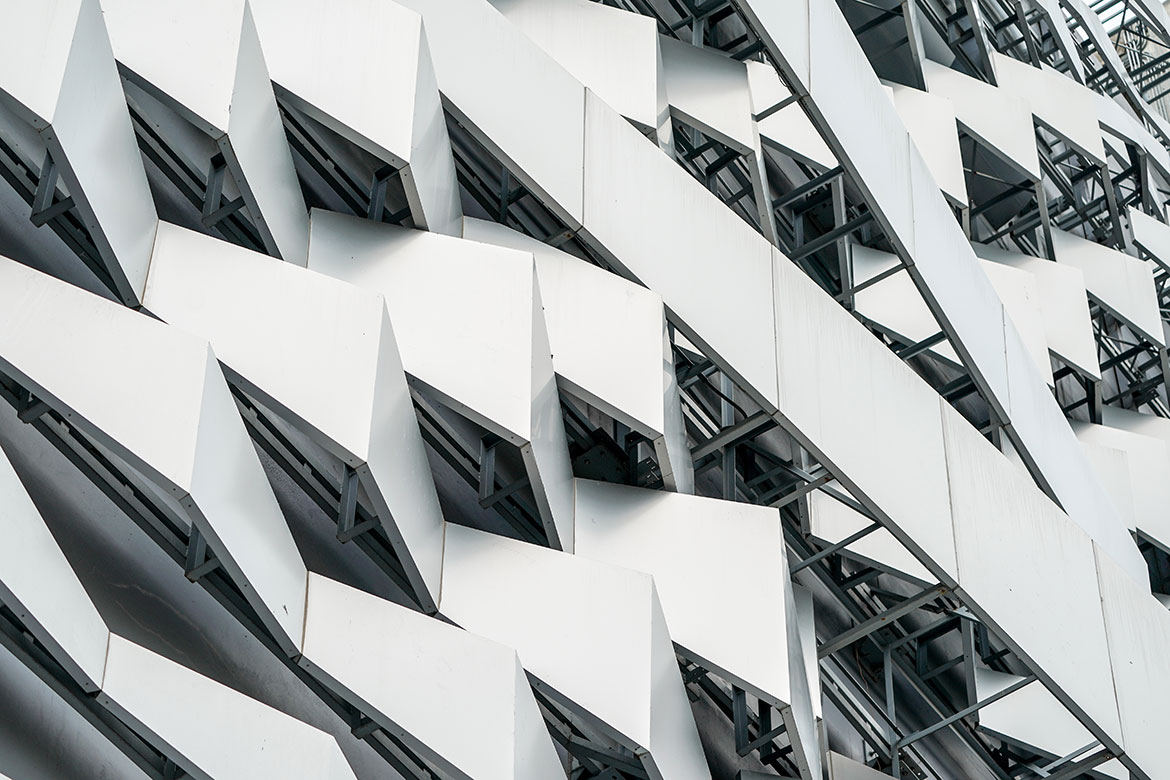5 Most Commonly Asked Questions About Alucobond | CLEARVIEW CLADDING CONCEPTS

- By : adrianmarku
- 0 Comments
Alucobond is the product of choice for designers and architects who are looking for customized color and finishing services. To offer a complete understanding of how it works and the benefits it provides, below are six commonly asked questions.
Will Alucobond Panels Show Drawbar Lines?
The production paint application won’t exhibit drawbar lines as is the case with laboratory samples. A drawbar paint application method is considered the most accurate choice for simulating continuous coil coats. Alternate methods like spraying will influence metallic flake orientation inside the coating, which will result in a distinct appearance and color. Throughout production, the paint will be applied in a coil coat process that is continuous. During this stage, big rolls will be utilized to add paint to an aluminum coil, while it’s unrolled. This method for applying paint results in a finish that is high in quality and consistency. After the paint has been added it will immediately transition into the oven where its coat will be cured at four hundred and sixty-five degrees metallic temperature.
Will Lighting Affect Color?
You’ll want to visually compare the color matches within outdoor illumination if your project involves exterior applications. For indoor applications, you’ll want to view beneath the illumination type inside the planned space. Colors may appear different depending on the light source, as well as the time of day and angle.
Why Aren’t Their Paint Codes Matching?
Paint suppliers must match and develop a select color, factoring in the temperature, primer, equipment and speed of every coil coat line. Since all the coil coat lines have distinct operational parameters, their formulation number might be distinct from one supplier to another and the same is true for production lines.
Which is Better for Customized Color Matches, Paint Number or Physical Sample?
We advise color matching to the physical samples. The painted sample that the architect or owner chooses and holds might have slight color production variations. A color formulator will achieve the best result or closest coloration match once they get the target or physical samples they can match to.
What is the Best Way to Ensure Coloration Consistency?
Finishes such as Anodized, Brushed, Print, Spectra, Metallic and Mica are directional and batch specific. This means that they will vary in color or shade between the batches. This is why you don’t want to mix distinct production batches and instead maintain an identical panel directionality to ensure the best coloration consistency. Both specifiers and clients must be sure that adequate material is procured so they can complete projects in a single batch.
